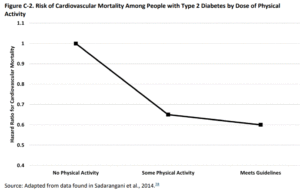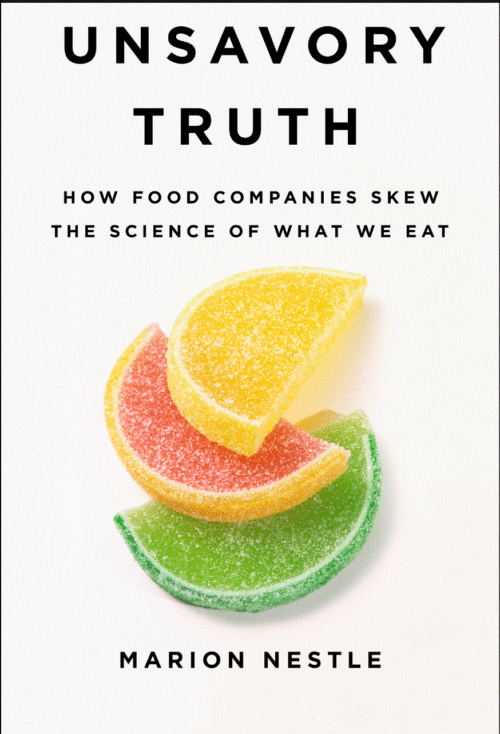Selling dietary supplements in Latin America
This comes from one of those daily food-industry newsletters I subscribe to, in this case NutraIngredients.com. It occasionally focuses on regions and I thought this collection of articles was of interest. Do Latin Americans need dietary supplements? Just asking.
Welcome to NutraIngredients’ first quarterly supplement focusing on the Latin American dietary supplements and functional food markets. In this edition, we look at the changing regulatory landscapes across the region, including a deep dive into how Brazil is creating a distinct category for supplements. We’ll also look at a supplement start-up and opportunities for omega-3s in LATAM.
- More education will help realize huge potential for omega-3s in Latin America: Consumers in Latin America understand the general benefits of omega-3s. But there is a need for more education to help capture the huge potential for the ingredients in this region where the market is far from saturated… Read
- LATAM’s regulatory landscape: From Argentina to Uruguay: The regulations around dietary supplements in Latin America are a patchwork of different approaches, but regulatory bodies and regional associations are pushing for change and perhaps even some harmonization… Read
- Florida start-up CareMundi brings US supplements to Brazilian buyers: In the dietary supplement world, Brazil is notorious as being a tough market to get into. But there is demand for US-made products in the country, and one-year old start-up CareMundi, an online sales platform, is providing a bridge for US supplement makers into Latin America’s largest consumer market… Read
- Brazilian regs to be altered to finally create distinct category for supplementsNew regulations set to take effect in Brazil will significantly improve market access for dietary ingredients and finished dietary supplements, an expert says… Read The possibility of incorporating the health benefits of probiotics into fortified fruit snacks could be a reality thanks to researchers in Brazil… Read
- Brazilian regulatory overhaul will benefit omega-3s, consultant saysThe outlook for omega-3s in Latin America is bright, according to a consultant experienced in the region. In particular, there is regulatory acceptance for these ingredients across the continent… Watch now






